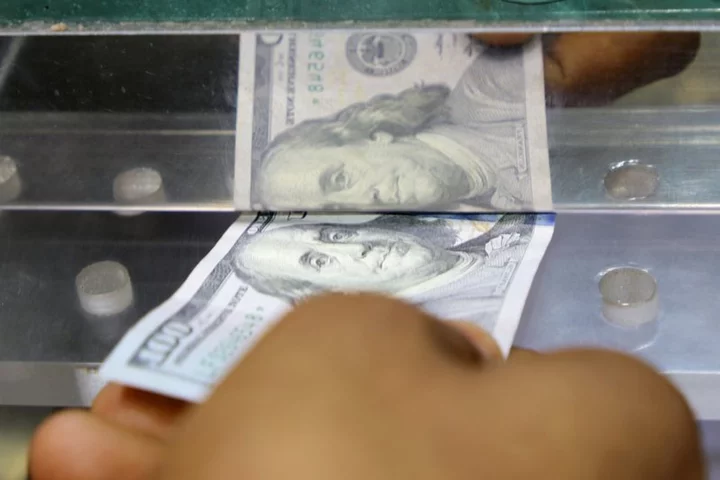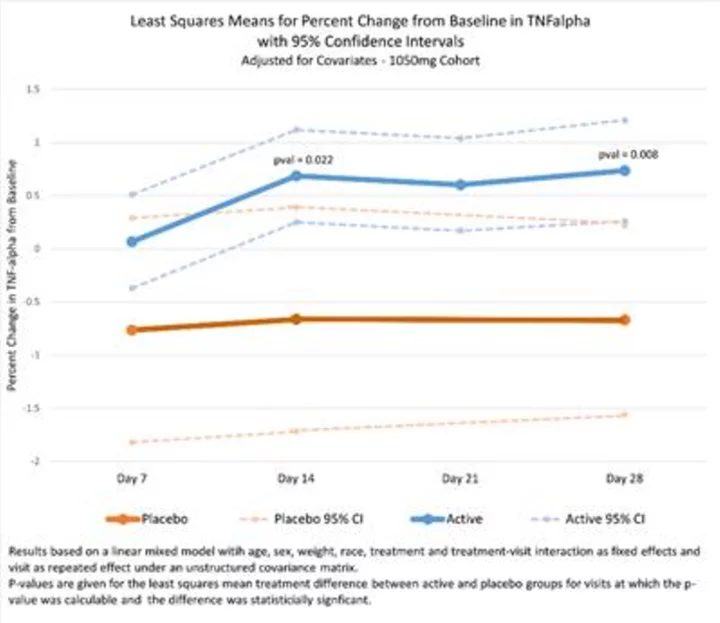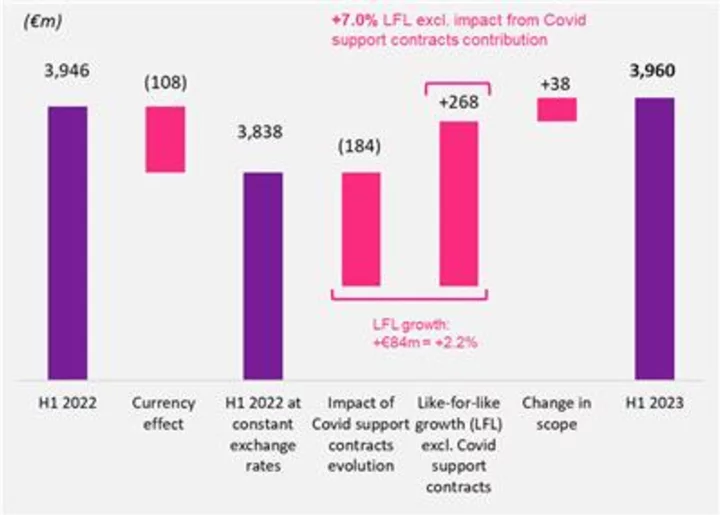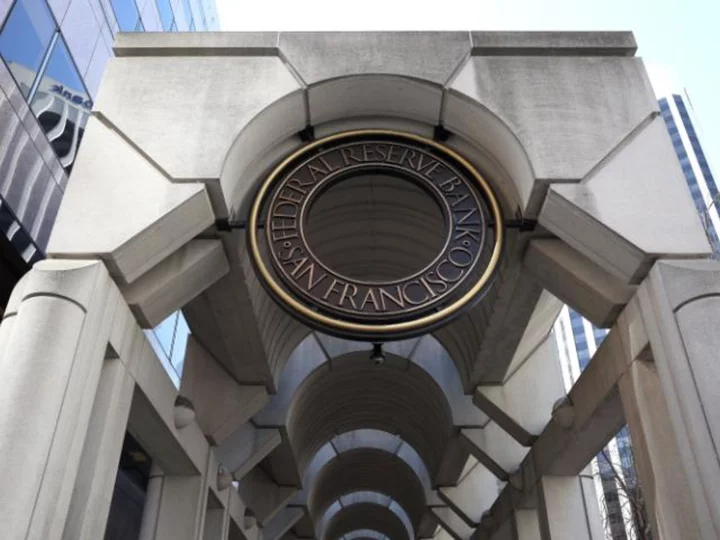By Michael S. Derby
The New York Federal Reserve said on Tuesday an interest rate reckoned to be neutral in its impact on the economy continued a downward trend in the second quarter, which suggests that at some point the low interest rate world that prevailed ahead of the coronavirus pandemic could return.
The bank said its R-Star estimate for the second quarter ticked down to 0.57%, from the first quarter’s 0.68%. R-Star’s recent peak stood at 1.32% in the final three months of 2021, as the economy was emerging from the worst of the pandemic amid heavy government support and an aggressive stimulus effort on the part of the Fed.
R-Star seeks to capture the rate that imparts neither stimulus nor restraint to the economy. Analysts typically translate that rate into a real-world setting by adding R-Star to the Fed’s 2% inflation target. The current reading suggests a federal funds rate of around 2.5% would represent a neutral setting.
Given that the Fed’s current target rate range is at 5.25% to 5.5%, it suggests monetary policy remains at a notably restrictive level for the economy.
Low R-Star settings have buttressed the views of some central bankers like New York Fed leader John Williams that once the Fed’s inflation battle has run its course short-term interest rates could again move back toward low levels.
When that might be is an open question. The Fed is likely near or has reached the end of its rate hike campaign aimed at bringing inflation back to the official target. Officials have had little to say about when rates might go down even though there’s a chance they could be eased next year simply to keep monetary policy at its same restrictive stance in an environment where inflation pressures have come down.
But there’s still a lot of uncertainty about the outlook, and at his speech at the end of last month in Jackson Hole, Wyoming, Fed Chair Jerome Powell acknowledged as much, saying “we are navigating by the stars under cloudy skies.” What’s more, R-Star estimates are based on assumptions about the economy, and some have questioned whether a variable based on guesswork has much useful to say about the neutral level of rates.
Even with the uncertainty over the longer-run outlook, the New York Fed data provides some evidence to argue against the case held by some that changes in the economy and issues around government finance are pointing toward a persistently higher R-Star setting, which would mean in the future interest rates would be higher than what many have experienced over the last couple of decades.
One key test of how Fed officials are thinking about the issue could come at the Federal Open Market Committee meeting scheduled for Sept. 19-20. At that gathering officials are due to update forecasts for interest rates and the economy and that will include a view on long-run rates.
Since the summer of 2019 officials have penciled in a 2.5% reading at almost every meeting, and if they were to move that number up, it might suggest some officials are skeptical of the idea of a still soft R-Star and a return to a low rate world.
(Reporting by Michael S. Derby; Editing by Andrea Ricci)









